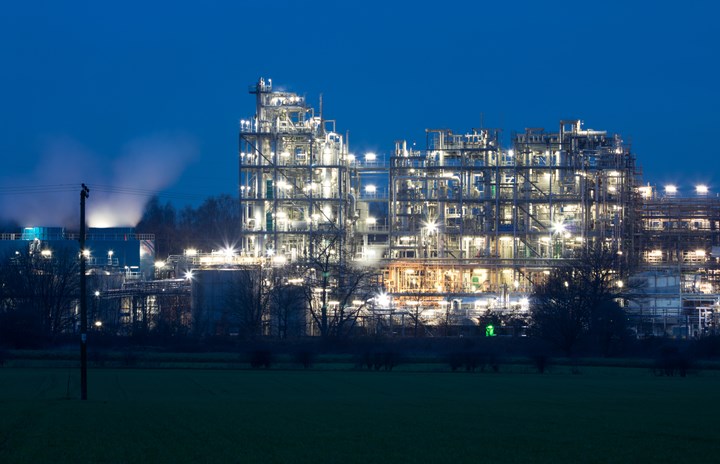Caprolactone Thermoplastics Boost Flexibility, Biodegradability of PLA and PHA
Ingevity’s Capa has been shown to enhance PLA and PHA end-use products.
Capa brand caprolactone thermoplastics from , North Charleston, S.C., have been shown to increase the flexibility of bioplastics PLA and PHA. Ingevity acquired the Capa caprolactone division of Sweden’s Perstorp Holding AB in the spring of 2019. The Capa brand has evolved to innovative copolymers for thermoplastics that can be used to make new bioplastic compounds.

The Capa acquisition gave Ingevity access to the production and commercialization of caprolactone and high-value downstream derivatives, including caprolactone polyols, thermoplastics, lactides, and hexanediol (HDO). The Capa product portfolio comprise Ingevity’s engineered polymers 大象传媒, part of the company’s performance chemicals segment.
The product, which is typically offered in pellet form (Capa 6506 is in powder form), has been shown to function as a performance enhancer in other plastics. In particular, it has been demonstrated to boost the flexibility of end-use products formulated with PLA and/or PHA, and address the challenges of these materials such as brittleness, temperature sensitivity and full biodegradability. Capa thermoplastics reportedly offer over 500% more stretch before breaking and over 300% increased impact resistance in biopolymers, like PLA.
Ingevity’s Capa thermoplastics are high molecular weight, low melting point aliphatic polyesters that can be used in combination with a wide range of hot-melt adhesive, bioplastic and thermoplastic applications to reportedly provide exceptional performance to end-use products. They have been shown to be process stable in a wide range of conditions and are fully compostable. Ingevity’s caprolactones are food compliant with additional grease- and moisture-resistant properties and are tough and durable yet soft to the touch. They boast 100% full biodegradability in 40 days versus competing products that don’t achieve even 50% in that time.
Related Content
-
PHA Compound Molded into “World’s First” Biodegradable Bottle Closures
Beyond Plastic and partners have created a certified biodegradable PHA compound that can be injection molded into 38-mm closures in a sub 6-second cycle from a multicavity hot runner tool.
-
NPE2024 Materials: Spotlight on Sustainability with Performance
Across the show, sustainability ruled in new materials technology, from polyolefins and engineering resins to biobased materials.
-
Masterbatches Reduce Gloss in PLA and PETG 3D Printed Products
Insight Polymers & Compounding’s two low-gloss additive masterbatches shown to boost appearance of 3D printed objects.



